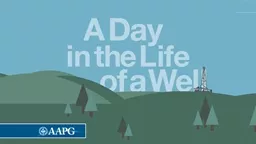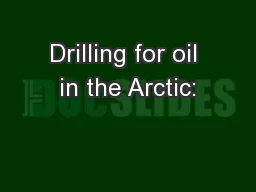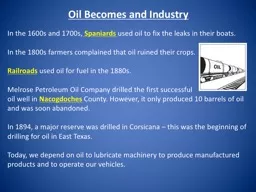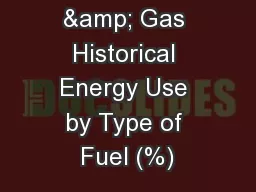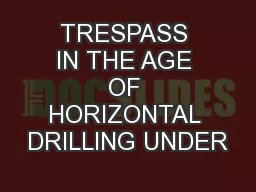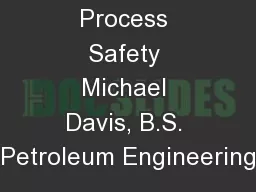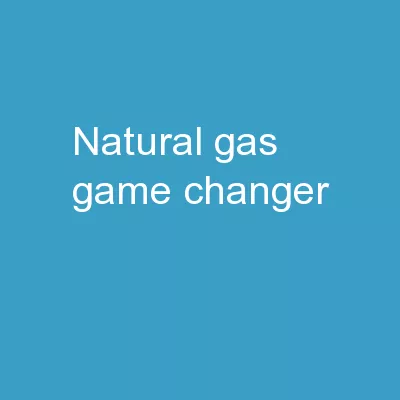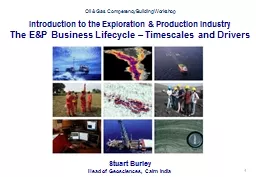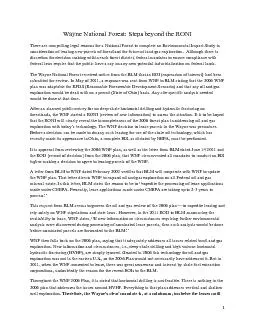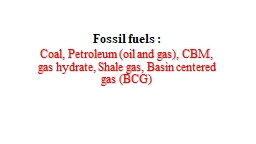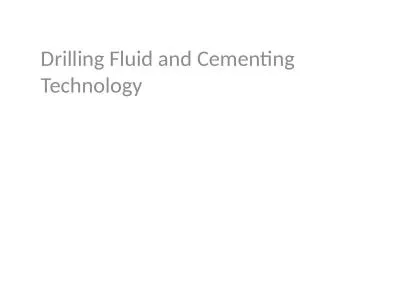PPT-Although the first image that most people have of oil and natural gas development is
Author : cheryl-pisano | Published Date : 2020-04-06
INTRODUCTION Finding the right geology Leasing Geologic evaluation Complying with regulatory requirements Drilling Completing the well which may include hydraulic
Presentation Embed Code
Download Presentation
Download Presentation The PPT/PDF document " Although the first image that most peo..." is the property of its rightful owner. Permission is granted to download and print the materials on this website for personal, non-commercial use only, and to display it on your personal computer provided you do not modify the materials and that you retain all copyright notices contained in the materials. By downloading content from our website, you accept the terms of this agreement.
Although the first image that most people have of oil and natural gas development is: Transcript
Download Rules Of Document
" Although the first image that most people have of oil and natural gas development is"The content belongs to its owner. You may download and print it for personal use, without modification, and keep all copyright notices. By downloading, you agree to these terms.
Related Documents

